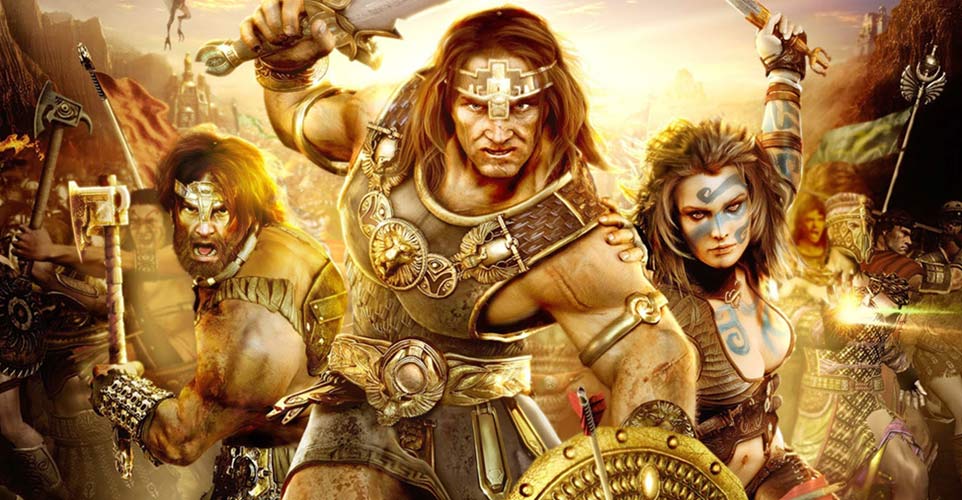Normandy gets its name from the 10th-century Norman Vikings who settled in the country...
The Normandy region of France combines a 360-mile dramatic coastline, including the evocative World War II landing beaches. It also boasts of a verdant interior of lush farmlands, bustling market towns, and historic landmarks such as the cities of Caen, Bayeux and Rouen. Gastronomic delights abound, from fine cheeses to cider and Calvados. In short, Normandy is a great place to take the perfect short break.
Landing beaches
The largest military landing in history took place in Normandy on June 6, 1944. Monuments, museums, bunkers and cemeteries are a living commemoration to the Battle of Normandy. A perfect base from which to tour the beaches, the tiny town of Bayeux is built around the magnificent Cathedral of Notre-Dame and is home to the 200-foot-long Bayeux Tapestry, a world-famous masterpiece whose cartoon- like scenes depict the epic tale of William the Conqueror's expedition to England in the 11th century.
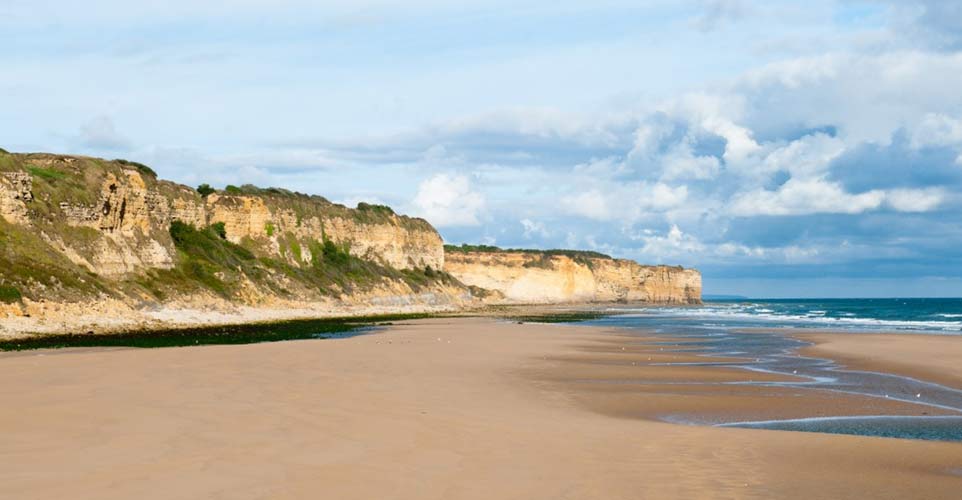
Giverny
A pilgrimage for art lovers, this picturesque village on the banks of the river Seine was the home of French impressionist painter Claude Monet. Visitors can wander through Monet's cheery spacious house and the exuberant gardens which were the inspiration for his famous waterlily series.
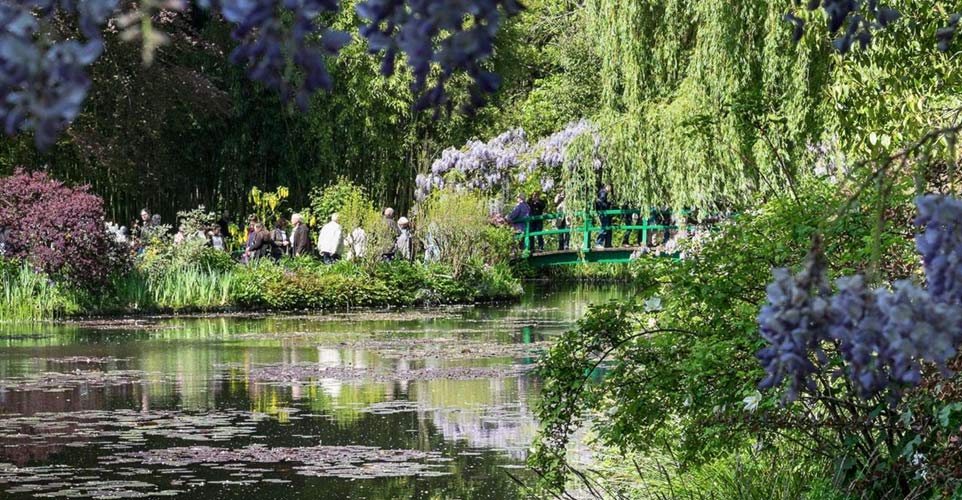
Rouen
A thriving industrial and commercial centre and the third largest port in France, Rouen is steeped in history. Both William the Conqueror and Joan of Arc died in the town Victor Hugo called "the city of a hundred spires". Rouen is home to many museums as well as the Gothic cathedral of Notre-Dame, immortalised by French Impressionist painter Claude Monet.
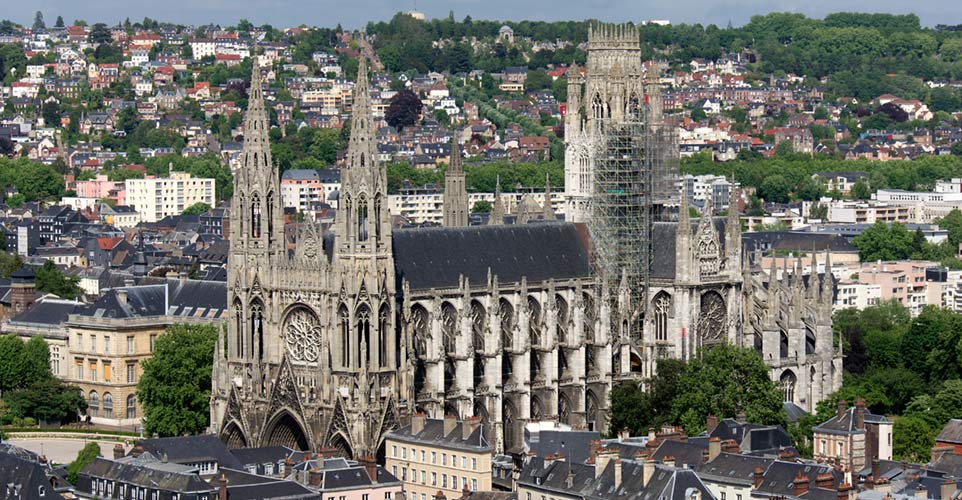
Dieppe/Fecamp/Etretat
As the oldest seaside resort in France, Dieppe has something for everyone. Its history is retold in the castle museum. The Benedictine Palace & Museum, home of the famous Benedictine liqueur, is Fécamp's main claim to fame. Also, don't miss its picturesque marina. A short drive down the coast lies the village of Etretat, nestled between striking white cliffs.
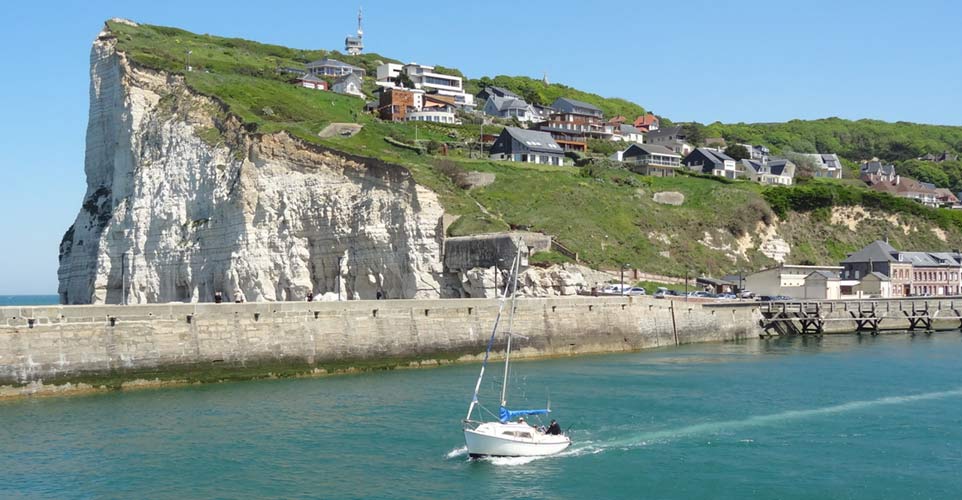
Deauville/Trouville
Driving along the "flowered coast", three picture-perfect towns stand out. The glamorous resort town of Deauville, home to the rich and famous, is a thriving vacation spot of luxury hotels, casinos, race tracks, golf courses and polo grounds. Its twin city, Trouville, separated from Deauville by the Touques river, is a more sedate fishing village. Both towns boast wide sandy beaches. Another town named Honfleur is the birthplace of impressionist painting. Honfleur is a charming harbour village with narrow timbered houses. Monet and Baudelaire are but two of the many artists who spent time in this 11th century town.
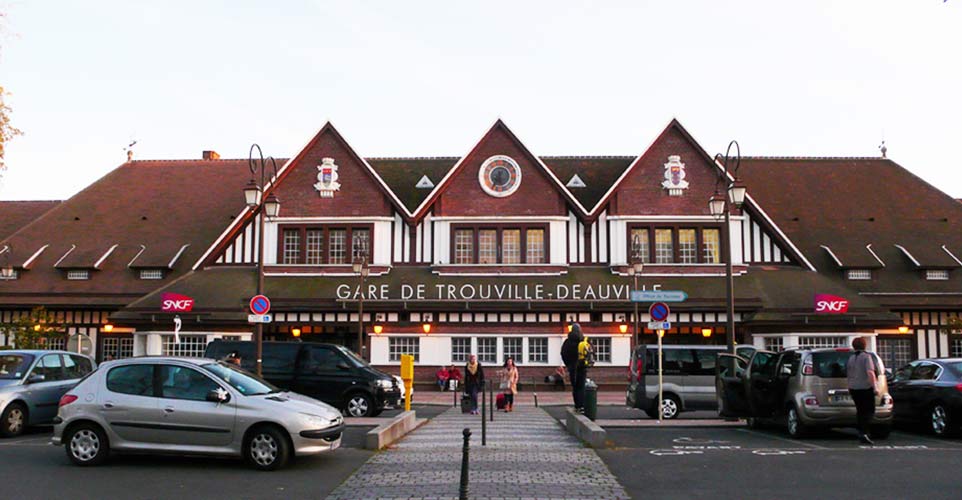
Mont Saint Michel
The Abbey of Mont St. Michel is perched precariously on a 264-foot-high rocky islet, connected to the mainland by a causeway. Surrounded by over half a mile of massive walls and reached by a steep climb up winding streets, it remains one of the greatest sightseeing attractions in Europe and the second most visited place in France after the Eiffel Tower. The Mont St. Michel is also known for its tides, the highest on the continent, which race towards the isle at the speed of "galloping horses".
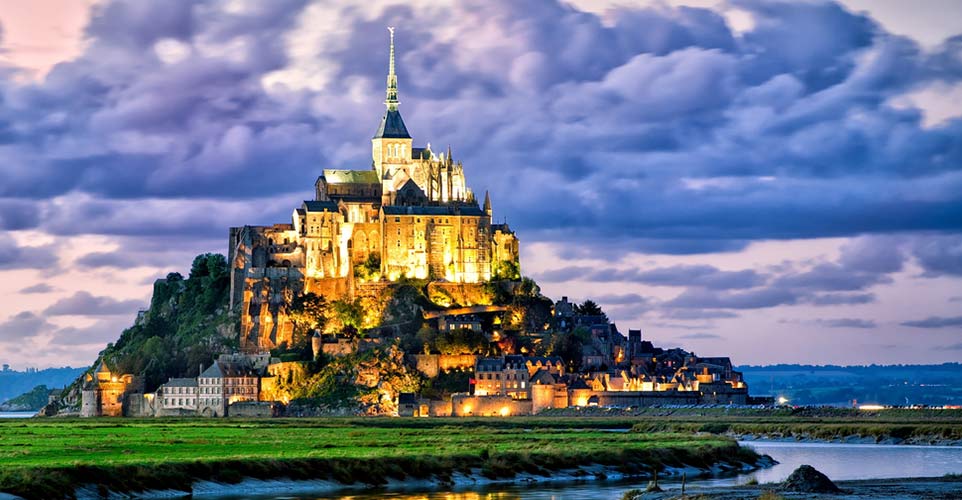
Know your Normandy
- It’s a hop-skip-and-jump from Paris, and next-door to England.
- Boasts famous WWII landing beaches, a museum and memorials.
- Is the historical region associated with William the Conqueror.
- Famous for the Mt Saint Michel Abbey.
- Boasts great seaside resorts and casinos.
Rich cuisine
Normandy is a rich gastronomic area with its fresh fish and shellfish, duck, cream and, of course, famous cheeses like Camembert, Livarot and Pont-l'Evêque. Cider will accompany a meal and the liqueur Calvados can be served either mid-way through the meal to help with digestion (the trou normand) and/or at the end to make it a memorable trip.
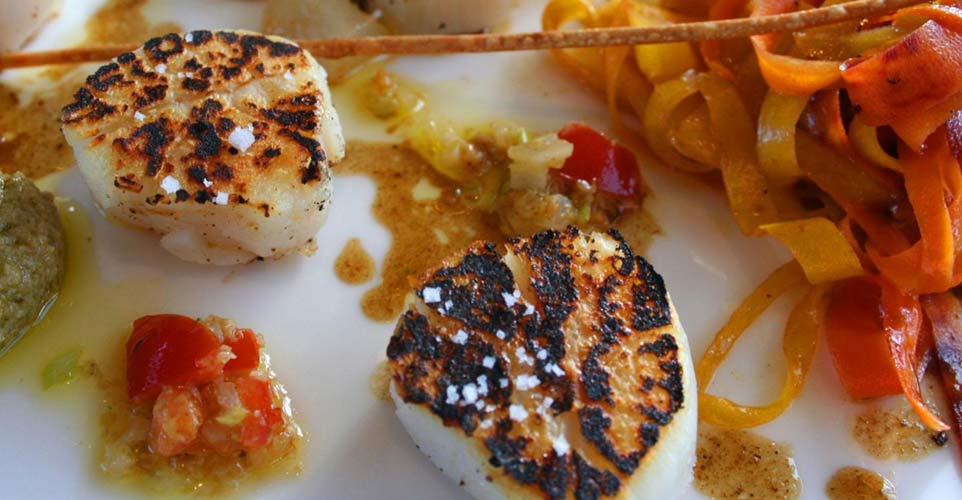
Did you know?
Normandy was part of ancient Gaul. Conquered by Julius Caesar in 1st century BC, the area was incorporated into the Roman province of Lugdunensis in 27 BC. Franks overran the area during the 5th century. Beginning in the 9th century, Normans repeatedly raided the coast and began to settle there. In 911, the Normans were ceded the area by the French King, Charles III. Their leader, Rollo, was recognised as the First Duke of Normandy. The duchy became extremely powerful, and, in 1066, Duke William conquered England, being crowned there as William I. On William's death, succession disputes among his sons divided Normandy and England, but the English king Henry I obtained Normandy in 1106.
